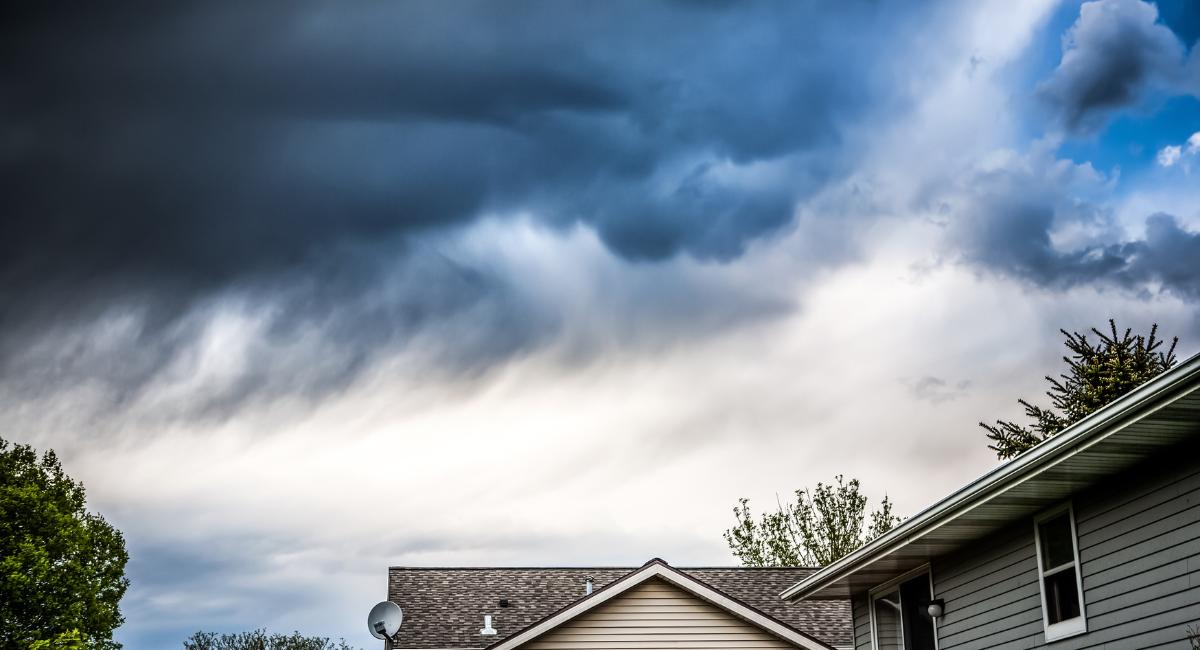Last Updated on August 10, 2023 by Kravelv Spiegel
Your home shelters you from many possible dangers, from predatory wildlife to the outdoor elements. This structure provides a refuge you can escape to and feel safe in. And the design of your home can affect the protection and support you receive while staying there.
Extreme weather, from heavy thunderstorms to intense heat, can force you to hunker down indoors. Making sure your home is ready to withstand severe weather conditions and meet your various needs ensures you stay safe and happy while nature takes its course. Discover how to better prepare your home for extreme weather and upgrade your space as you see fit to suit your needs.
Switch to Antenna TV
Waiting out a storm or hiding out during a heat wave means a lot of time indoors. The right entertainment systems, from television setups to Wi-Fi networks, will keep you occupied while taking shelter. Antenna tv, for instance, offers reliable service in extreme weather conditions. As long as you’re still connected to power, the antenna can find a tv station over the airwaves, even through downpours and thunderstorms. This is just one of the many reasons to switch to antenna tv instead of cable.
Your home’s entertainment systems allow you to endure storms and other extreme weather conditions in comfort. Upgrading your home’s tv setup to avoid spotty, unreliable tv connections will keep everyone happy.
Reinforce Your Home’s Exterior
Your home’s exterior takes on the full brunt of storms and other severe weather. Reinforcing the exterior with durable materials and performing proper maintenance strengthens your defenses and reduces the wear and tear your home endures.
Some ways to reinforce your home’s exterior include:
- Replacing rotting wood
- Sealing cracks
- Repairing existing damage
- Coating siding with outdoor weather-resistant paint
- Applying weather-proof sealants and stains on other surfaces
- Replacing the roofing material with a more durable variation
- Boarding up windows as needed
Clear Out Drains and Gutters
Your home’s drains and gutters play an essential role in your home’s design—they collect and direct rainwater and debris away from your home. Clogs and blockage hinder your drains’ functionality and put your home at risk of further issues, like water damage and flooding. Clearing out your drains and gutters regularly maximizes their functionality and protects your home.
Remove Nearby Trees and Branches
Trees and greenery surrounding your house look aesthetically pleasing but also increase damage risks during a storm. High winds can uproot trees—which can then collapse onto your home—and pick up branches and twigs and hurl them against your home. Any dried greenery can also increase fire risks during heat waves and wildfire season. Removing large trees, overhanging branches, and dry twigs near your home reduces potential storm damage.
Whether your local forecasts predict high chances of wildfires, thunderstorms, or other major weather events, better prepare your home for extreme weather with these four tips.

